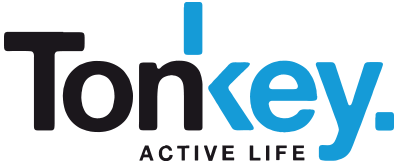The double “S“ of good posture
The structure of our vertebral column, by interacting with the musculature, is responsible for the erect position, the support of the body weight (head, pectoral belt and chest) and the movements of the trunk. In the correct position it can be seen as a double “S”. The centre of gravity of the single parts of the body (pelvis, chest and head) are placed on a vertical line that represents the best line for the distribution of the weight on the tissues.
The movement that feeds the tissues
Every single cell in our body needs the fundamental substances for nutrition and growth. Only 10% of our organism is, however, directly linked to the blood circulation.The remaining tissues receive the necessary nutritional substances from the surrounding areas. Movement and changes of position are translated, depending on the different pressures generated, into a sort of “pump effect” which is fundamental for the transportation of the nutritional substances.

Conclusions:
An incorrect posture which gives rise to a lack of balance in the distribution of body weight ends up by damaging the tissues – good posture and therefore a balanced distribution of the weight permit the preservation of the tissues. Movement and the resulting variable distribution of weight supply the tissues with the necessary nutritional substances, maintaining them elastic, resistant and keeping the muscles fit.
The pelvis and the oblique base of the vertebral column
The sacrum and the pelvis together do not offer the spine a horizontal base but an oblique, forwardinclined plane. The angle that is formed in this way is compensated by the inferior wedge-shaped lumbar vertebra and two intervertebral disks,wedge-shaped, too.The vertebral column is in the form of a double “S” so that the centre of gravity of the chest and the head are superimposed on the same optimum weight distribution line.

Anatomy and function of the vertebrae
Our vertebral column articulates with 33-34 vertebrae. Each single vertebra is composed of a vertebral body, a vertebral arch, spinal and transverse apophyses and vertebral articulations. The anterior part of the vertebral column, the vertebra bodies, function as a bearing column. They are joined to The vertebral arches to form a vertebral channel and guarantee the necessary protection for the spinal cord. The posterior part, the spinal and transverse apophyses, are used as points for attaching the muscles. The vertebral articulations constitute the bony connection between the two vertebrae that, by interacting with the intervertebral disks regulate the mobility of the single sections of the vertebral column.
The intervertebral disks and their shock absorbing function
The intervertebral disks of our body – a sort of elastic bearings spongy and provided with a solid gelatinous nucleus – act as shock absorbers. They have no blood vessels. So, in order to preserve their elasticity, their supply of nutritious substances, indispensable for their nutrition and growth, must be guaranteed by the so-called “pump effect”.
And this only happens when we engage in physical activity.

The muscles in their function as efficiency factors
Maintaining the vertebral column in the ideal position means great physical resistance by the muscles. Only trained muscles can guarantee similar performance in time.
